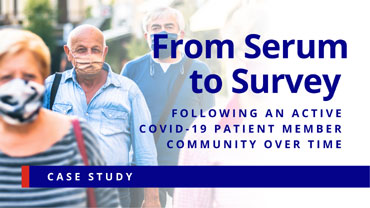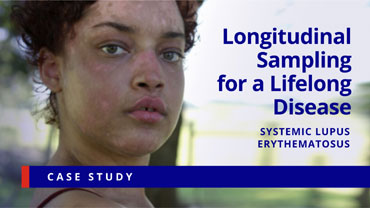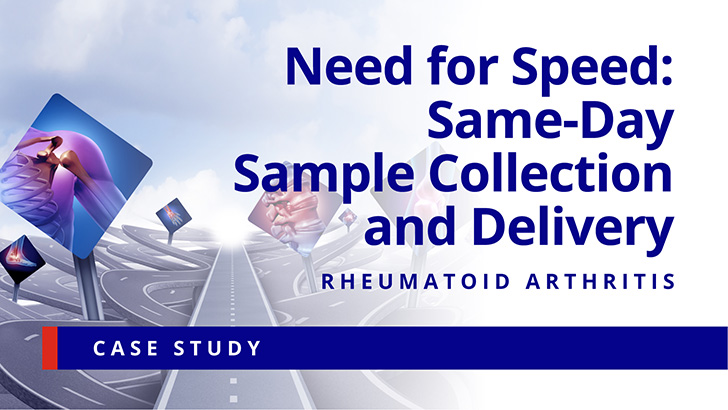Annotated Biospecimens
from Specific Patient and Healthy Donor Populations
Design complex and longitudinal studies prospectively using Sanguine’s unique direct-to-patient approach to obtain clinically relevant biospecimens from specific patient populations.
The Sanguine Difference
By simplifying the patient donation process, we have built a highly-engaged group of donors for minimally-invasive biospecimens.
Unparalleled Access to Donors
With easy at-home biospecimen donation, we are able to reach rare and hard-to-find donor populations.
Accurate Patient Data
By fully reviewing each patient’s medical records and forming a direct, personal connection with each patient we ensure highly accurate and up-to-date patient information.
High Patient Retention
We support studies requiring longitudinal sampling with our high rates of patient retention.
Get Samples for My Research
We Specialize in These Conditions
Behind our therapeutic experience are patient member communities made up of more than 60,000 total members ready to advance science and medicine for the conditions they live with.



